Best Time for Trekking in Iran
Iran, with countless mountains above 4000 m, in the two famous mountain ranges of Alborz and Zagros, may well be the ideal trekking destination for mountain lovers. The extraordinary length of these mountains has created very special climatic conditions for all seasons that allows trekkers to climb in various regions and trek in Iran throughout the year.
In addition, Iran has the two vast deserts of Dasht-e Kavir and Lut which are amazing destinations for those who would like to experience desert trekking and get to know the lifestyle of locals. These deserts were part of the ancient Silk Road. Besides mountains and deserts, Iran has two seas, the Persian Gulf in the south and the Caspian Sea in the north of the country. These seas make it possible to trek at any time, due to one sea area being pleasantly hot and the other being dry and cold. These weather conditions allow visitors to Iran to enjoy a four-season trekking holiday. With the above information, depending on the traveller’s interest and the trail’s level of difficulty, you have a wide range of options to choose from to find the most suitable trail for you.
In Adventure Iran, we have a grading system for different physical levels. We categorize all treks based on the Level of Difficulty. We evaluate these levels according to the mountains’ altitude or length of the trail per day in the desert, or hours of activity during a day. Below is the most useful information for you based on difficulty.
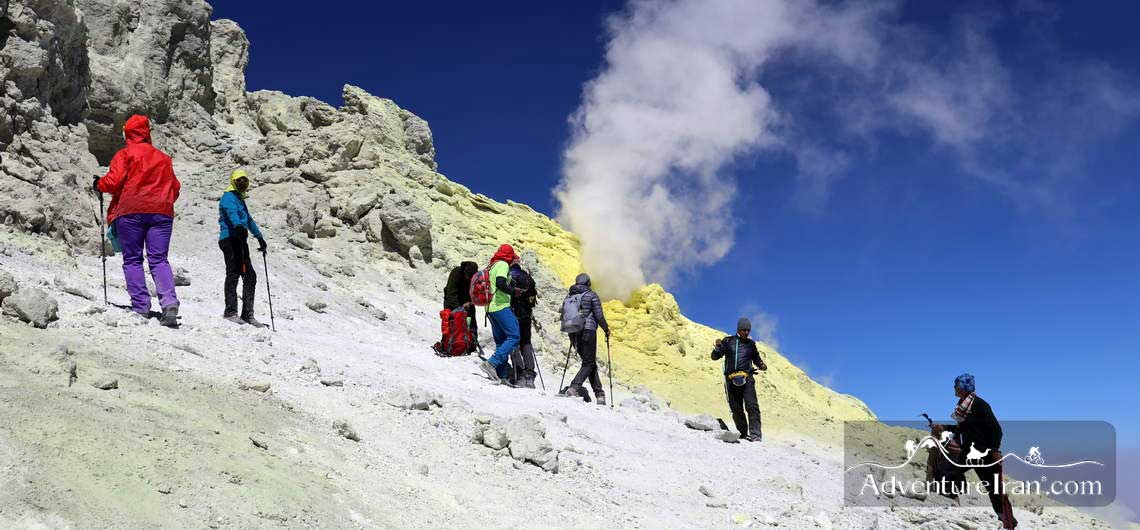
Strenuous Trekking in Iran
Summer Season
For those who would like to climb the highest peaks in different countries, summertime is the best season for the main three highest mountains of Iran which are MT Damavand (5610 m), MT Alamkuh (4850 m), and MT Sabalan (4811 m). Alongside these mountains, there are also many distinctive mountains above 4000 m, which are located in the Off the Beaten Track regions of Iran. Summer is the ideal time to ascend. MT Azadkuh, MT Dena, MT Kholeno, Mt Zardkuh, Sarakchal to Kolonbastak mountains’ ridgelines are the most remarkable high-altitude peaks above 4000 m which are perfect to climb between June to September. For all the mountains mentioned above, you must bring your general warm mountaineering clothes during the summer.
Spring & Autumn
You can also ascend the above peaks in spring or autumn. These seasons are actually more beautiful since you have a chance to see snow above the peaks or cloud formations in the high mountains. However, you have to be prepared for cold temperatures and the possibility of snowfall or hail. The ascent is considerably more difficult so it’s recommended you prepare physically and mentally. You should bring your special expedition Gore-tex clothes, which are the correct gear for the winter season.
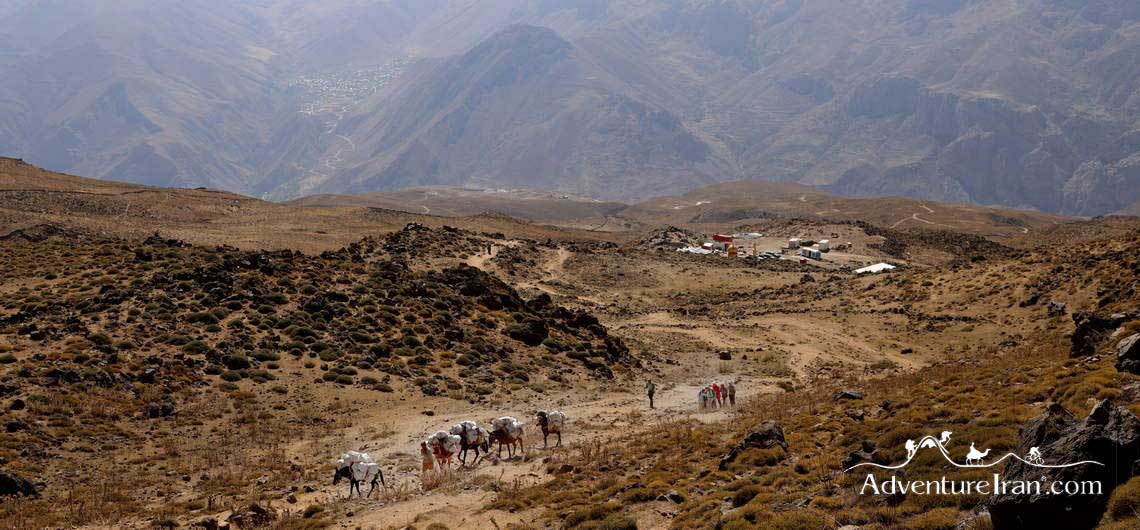
Challenging Treks
For other trekkers who are not interested in climbing the peaks but would like to enjoy some trails in Iran, the options are numerous. You have a wide range of choices for your trek in deserts or mountains. Depending on your schedule, you may choose whatever region is suitable for the season.
Iran Trekking in the Spring
If you are interested in desert trekking in Iran, early spring is an excellent season to have a long and challenging trek. In March and April, when the day temperature is still pleasant, you can camp and camel trek in the Dasht-e Kavir Desert. Sven Hedin Trek is an example of a long desert trek.
For mountain trekkers, spring is the most beautiful and perfect travel time. You can have a wonderful and challenging trek in most trekking regions of Alborz and Zagros mountains below 4000 m altitude. In general, March and April are outstanding months to trek between 2000 m ~ 3000 m and between May to mid- June, we recommend trekking between 3000 m ~ 4000 m. Dena long trek is one of the examples of a trek which is perfect from mid-April till mid-June.
As spring is the best season for visiting Iran’s UNESCO sites on the classic route, combining your cultural-historical holiday with having a long trek would be one of the most efficient itineraries you can have for your holiday in Iran. Long Hike in Alborz and Zagros Mountains and Visit Iran’s Highlights is one of the best examples of a combo trip in Iran. Also, trekking in North Tehran province in the Shemshak and Darbandsar regions would be amazing during the spring season.
Summer for Trekking in Iran
If you travel to Iran in the summertime, you should be aware that the country is very hot, therefore it’s crucial for a challenging trek of 7-8 hours per day, that you trek in the high-altitude mountains. There are many stimulating trekking regions in Iran that have trails at high altitudes. In the Alborz mountains, north of Iran, there are countless exciting trekking regions which are suitable for these kinds of treks. Talesh is one of the special nomadic regions which is idyllic for trekking during the summertime. Also, the Zardkuh mountain chain and Bakhtiari Nomadic region in Chaharmahal and Bakhtiari province are other special regions to enjoy a long demanding trek. Alamut Long Trek is yet another challenging trek which is ideal from June till early September.
Trekking in Iran in the Autumn
In general, you can go trekking in the autumn in most areas that are favourable for trekking in the spring. The difference is you will face rain and, of course, snowfall above 4000 m in the mountain regions. Moreover, there are a few outstanding regions in national parks which are perfect in autumn. Jahan Nama or Golestan national Park trek which is in the northeast of Iran are two examples of a wonderful trek in October and November. Kurdistan Long Trail is another example of an extraordinary trail in September and October.
For a desert freak, (atypical), autumn is the best time to have a challenging trek as the day temperature is between 20-30° C and the night would be approximately 10-20° C. Most regions in the Dasht-e Kavir desert are great to trek in. In the Lut desert, the end of autumn is stimulating and the very best time to travel.
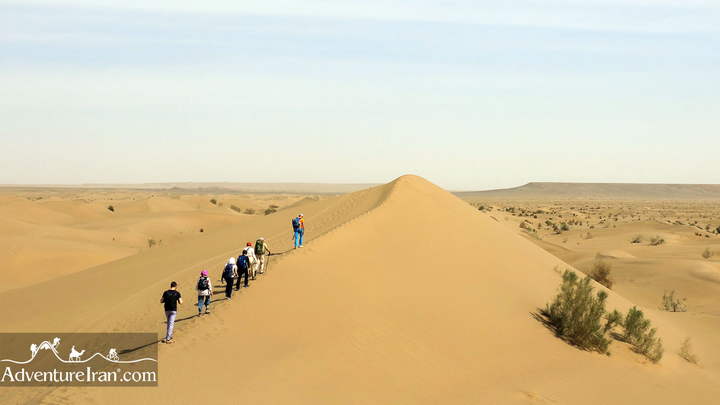
Moderate Treks
For those who wish to have moderate trekking, there are many more options compared to the more strenuous and challenging levels. As we mentioned before, Iran is a 4-season country for trekking. So apart from your travel time, there are plenty of treks with a sufficient area and good weather for your holiday. It means you can have trekking all year round. Below we categorize the most important during the different seasons.
Spring
Spring is the most important and very best season for travel to Iran. March is a perfect month for a desert trek. If you travel in April, you can combine moderate mountain trekking and a desert trek alongside your cultural and historical explorations. Also, May is still a good month for a desert and a mountain trek but the day temperature is quite hot in the desert. There is far better weather in the mountains. Lar National Park, Alamut Valley, Dena National Park, Turkmen Plain, and Horamanat, in the Iranian Kurdistan region, are the most famous and exquisite trekking routes you can have in spring.
Summer
During the summer, the main Iranian tourist cities are so sweltering hot they are best avoided. Instead, it’s better to choose rural areas in the mountain regions where you can have a pleasant and invigorating trek with decent temperatures. There are a lot of small towns, villages and hamlets located above 2000 m altitude surrounded by many smaller mountains in the Alborz and Zagros mountains. Central Alborz ski region has countless mountains and is one of the best places around the capital to trek during summer. Also, you can trek with a moderate level of difficulty in most of the destinations we mentioned for a more challenging level during the summertime.
Autumn
Iran has a lot of forests on the southern side of the Caspian Sea which is located on the northern side of the central Alborz mountains. The famous Hyrcanian forest is a UNESCO natural site, perfect for trekking during autumn. Also, the majority of destinations favoured in spring are more or less the same as those favoured in autumn with a similar temperature. The main difference is the colour of nature and the volume of rain in autumn which is higher than in spring.
Winter
Iran offers a lot of moderate treks during winter in deserts and coastal regions which are located in the south of Iran. The night temperature in the desert is slightly cold in winter but that is compensated by a perfect day temperature. There is no rain so you will not get wet during the trek. In the Persian Gulf, there are a few islands which are ideal to travel to during winter for a trek.
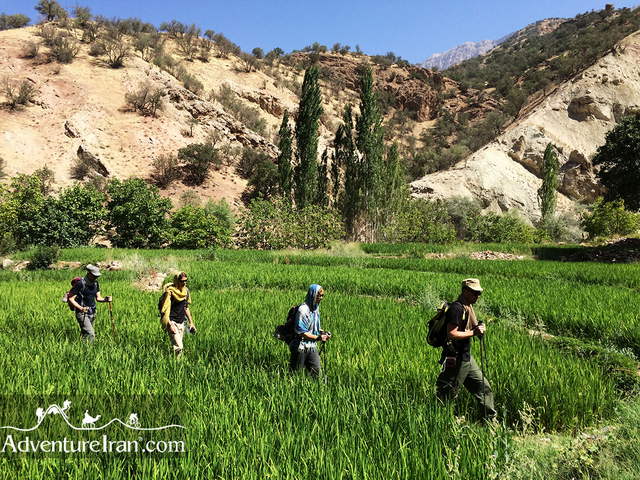
Easy Treks in Iran
If you are not a trekker but keen to have a few hours walk in the mountains or deserts, we can arrange your trip based on your main interests. Depending on your schedule, it’s easy for us to organise your undemanding trek according to the itinerary you choose. For example, you can have a 4×4 desert journey and, in some spots, visit a particular area like an oasis where the going is easy. Another possibility is to travel by jeep to one of Iran’s national parks, where you can have a short, relaxed trek in the park or around your camp area to view the outstanding scenery.


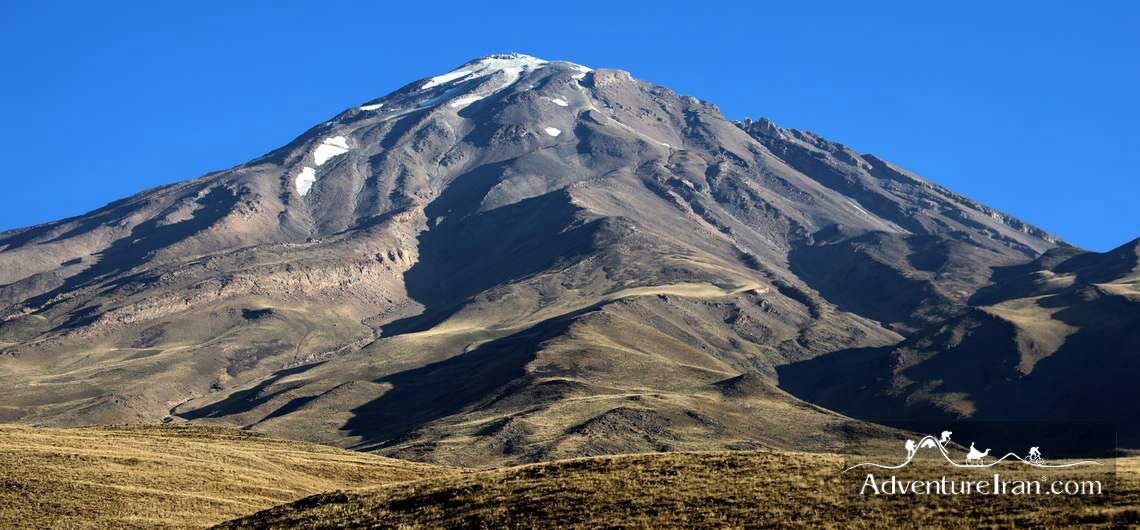
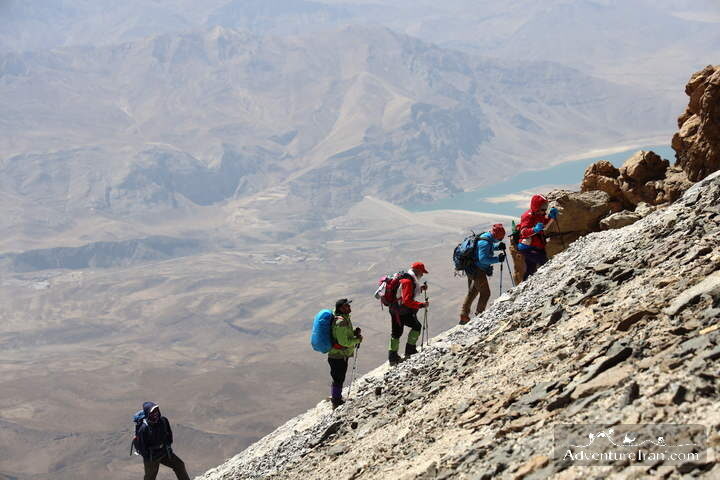
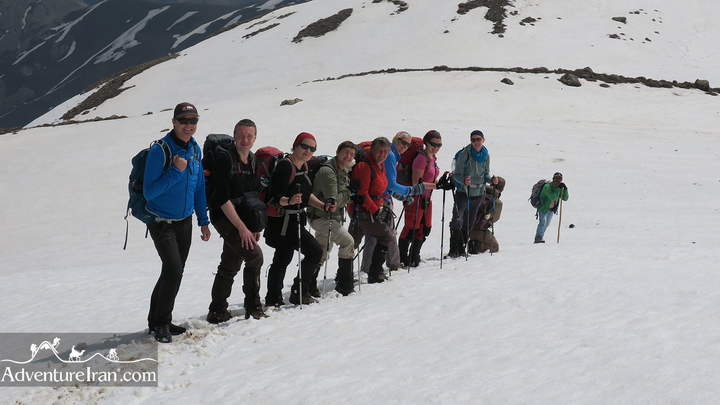
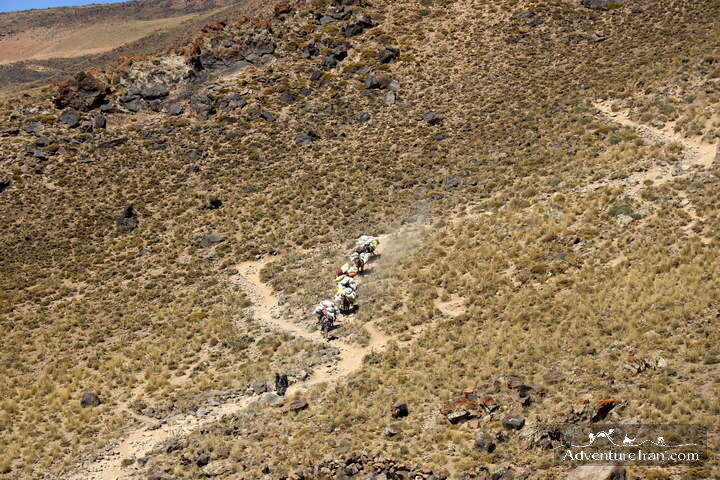
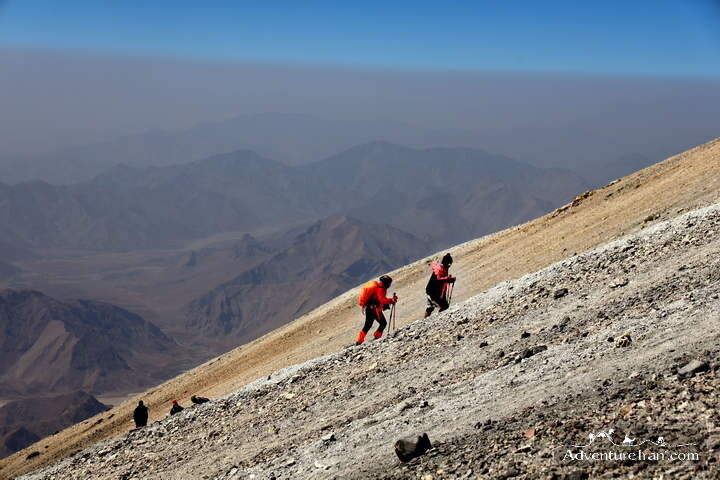
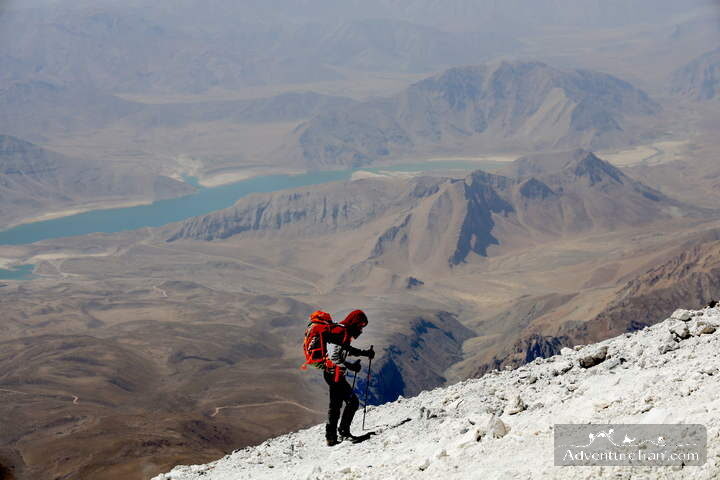
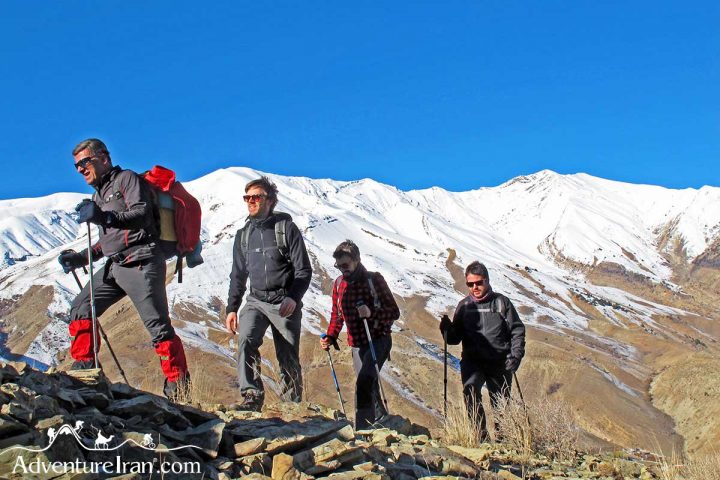
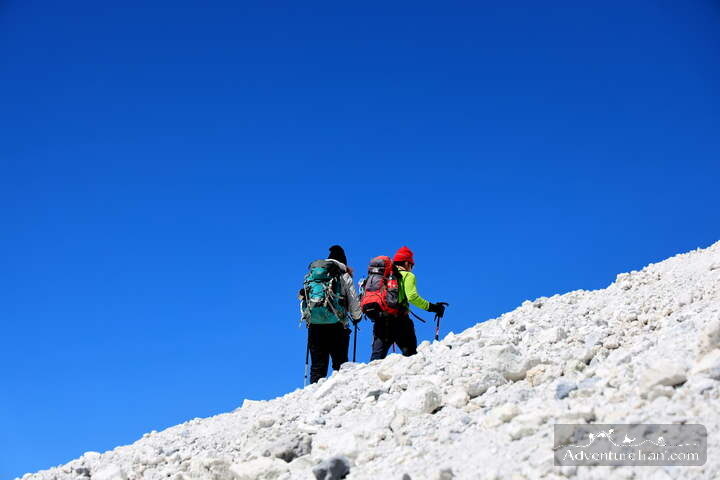
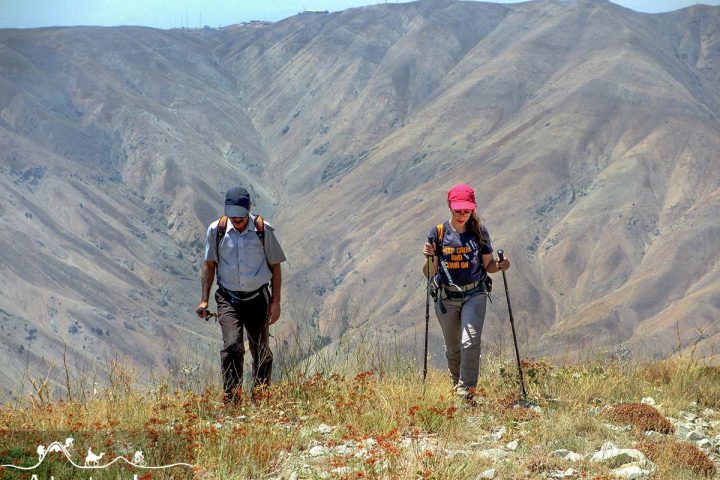
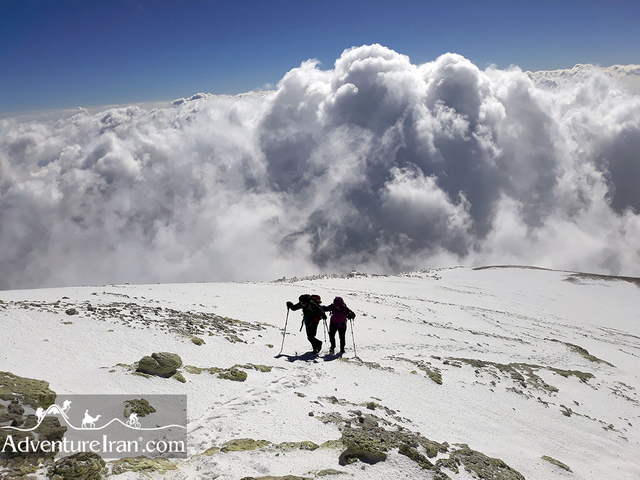
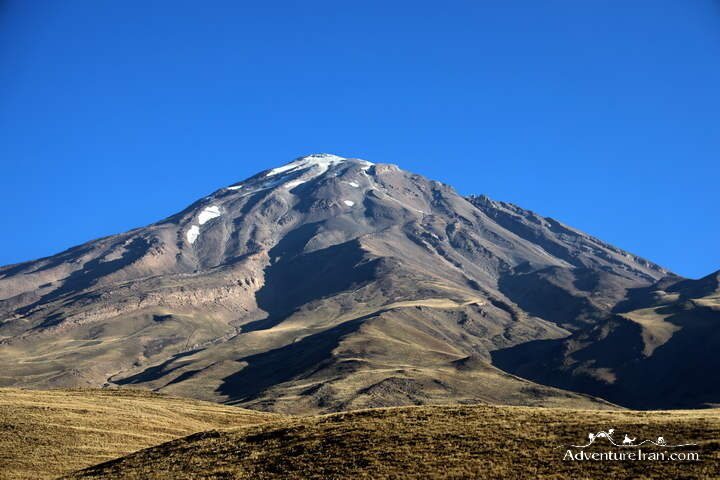
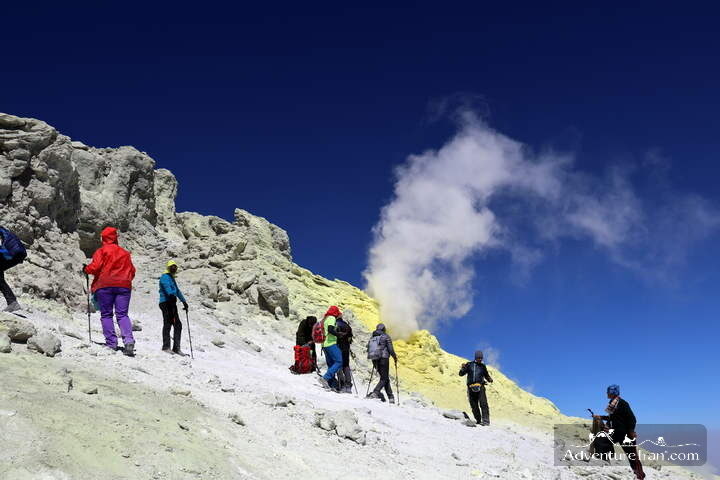
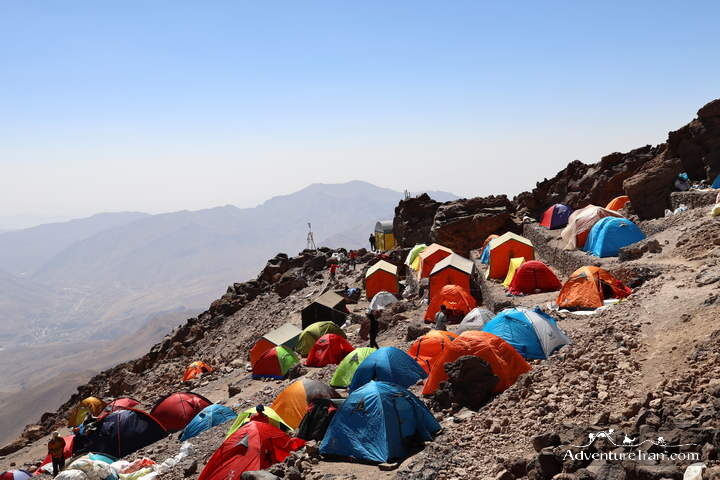
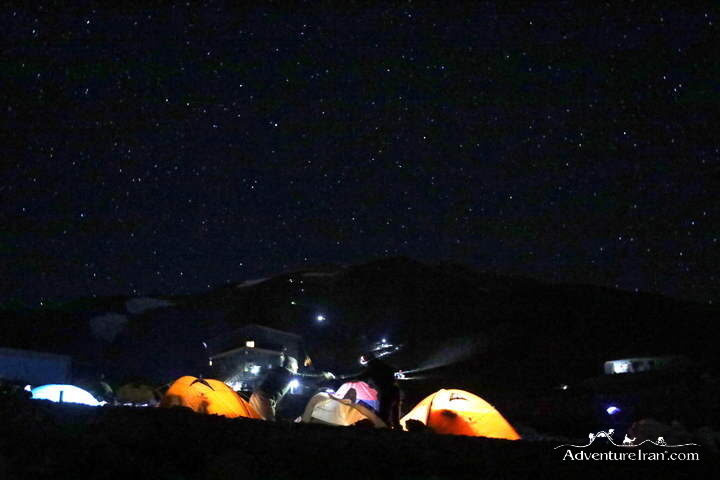
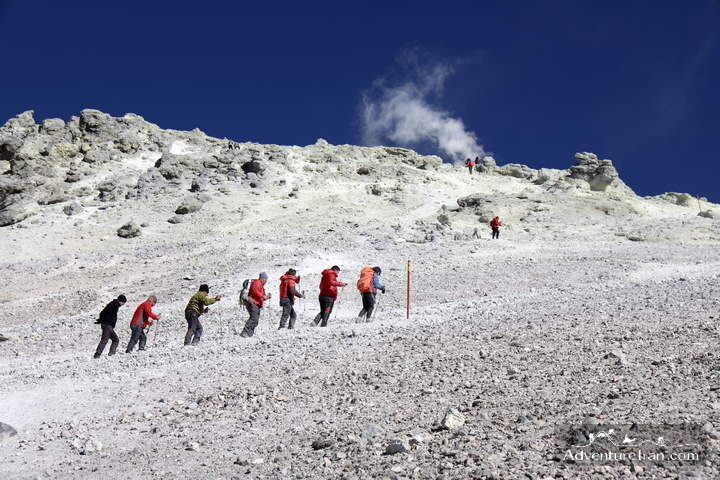
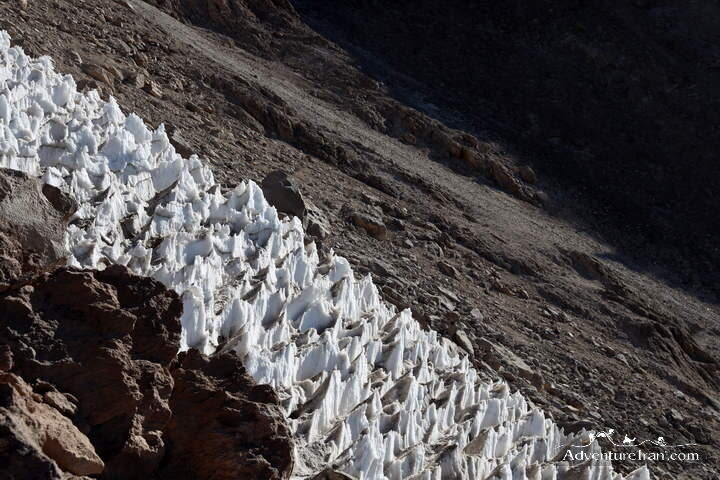
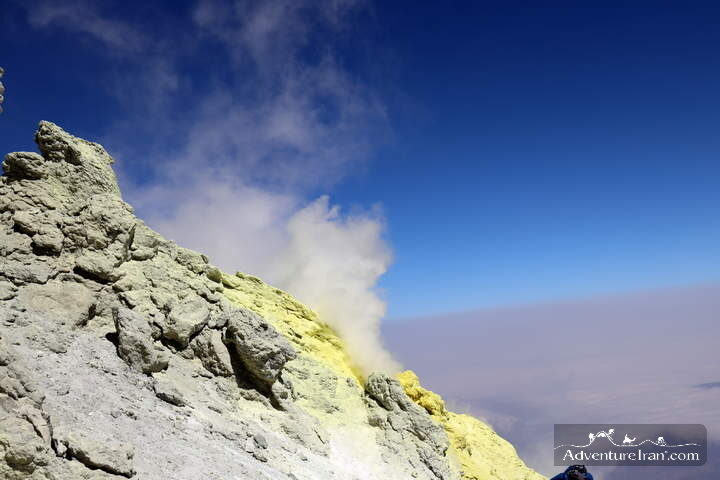
Comments